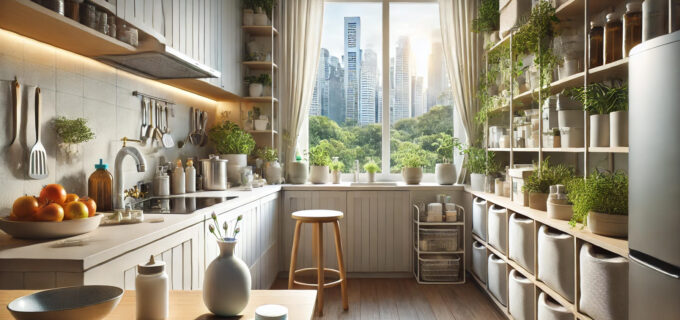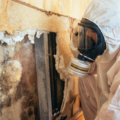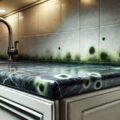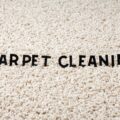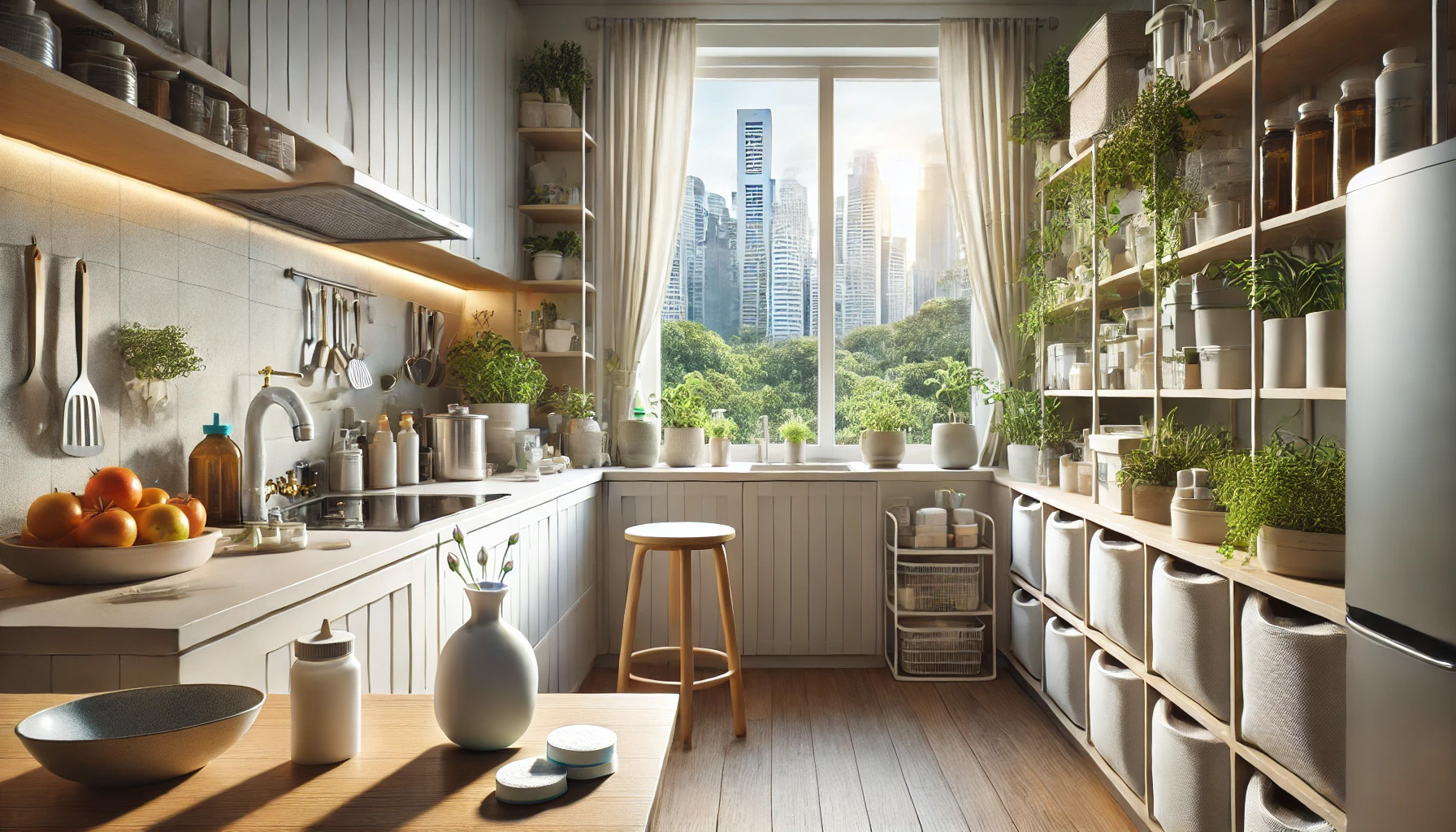
As awareness of the health risks associated with mold exposure has grown, Singaporean residents have become increasingly discerning in their mold removal and cleanup approach. Rather than relying on harsh chemical solutions, many savvy homeowners are now seeking eco-friendly mold remediation services that prioritize safety, sustainability, and long-term prevention.
We will explore Singapore’s emerging earth-friendly approach to tackling the mold problem, highlighting the benefits of green cleaning methods and the steps homeowners take to cultivate healthier, more environmentally-conscious living spaces.
Understanding the Impact of Mold on Health and the Environment
Mold is more than just an unsightly nuisance; it poses significant risks to both health and the environment. In Singapore, where the climate is consistently warm and humid, mold growth can become a persistent issue if not properly managed.
Health Impacts of Mold
- Respiratory Problems: Mold spores can trigger various respiratory issues, while individuals with asthma or allergies are particularly vulnerable, as mold exposure can exacerbate their symptoms.
- Allergic Reactions: Mold can cause allergic reactions such as sneezing, skin rashes, and itchy eyes. Prolonged exposure, especially in children and the elderly, can lead to more severe health problems, including chronic sinus infections.
- Toxic Mold: Some types of mold, like black mold, produce mycotoxins that can cause serious health issues, including neurological symptoms & immune system suppression.
Environmental Impact of Traditional Mold Removal Methods
- Chemical Runoff: Traditional mold removal often relies on harsh chemicals like bleach and fungicides, which can harm the environment. These chemicals can enter waterways, contributing to pollution and harming aquatic life.
- Indoor Air Pollution: Using strong chemicals indoors can also lead to poor indoor air quality, potentially harming humans and pets. Chemical residues left behind after cleaning can continue to off-gas, contributing to indoor air pollution.
- Waste Generation: Many traditional mold removal methods produce significant waste, including disposable materials like paper towels, plastic sheeting, and chemical containers, contributing to landfill buildup.
Understanding the health and environmental impacts of mold and traditional remediation methods makes it clear why eco-friendly approaches are crucial for personal and ecological well-being.
Common Causes of Mold Growth in Singaporean Homes
Singapore’s tropical climate, characterized by high humidity and frequent rainfall, creates an ideal environment for mold growth. Understanding the common causes of mold can help homeowners take preventive measures to protect their homes.
Humidity and Climate Factors
- High Humidity Levels: Singapore’s year-round humidity, often exceeding 80%, provides the perfect breeding ground for mold. Mold thrives in environments with moisture levels above 60%, making dehumidification essential in mold prevention.
- Frequent Rainfall: The frequent and heavy rains in Singapore can lead to water seepage and leaks in homes, particularly in basements, attics, and areas around windows and doors. If not promptly addressed, these damp areas can quickly develop mold.
Common Areas Prone to Mold Growth
- Bathrooms: Constant moisture from showers combined with poor ventilation exacerbates mold, allowing it to grow on walls, ceilings, and grout.
- Kitchens: Sinks, under cabinets, near dishwashers, and spills/ leaks that go unnoticed can also lead to mold development.
- Basements and Attics: Groundwater seepage can be a significant issue in basements, while attics can suffer from condensation problems.
Poor Ventilation and Water Leaks
- Inadequate Ventilation: Stagnant air and trapped moisture create ideal conditions for mold growth. Areas such as closets, storage rooms, and corners of rooms with limited airflow are particularly at risk.
- Water Leaks: Leaky pipes, roofs, and windows are familiar sources of moisture that can lead to mold. Even small leaks can result in significant mold growth if unchecked, as the constant moisture provides a continuous supply for mold spores to thrive.
By identifying these common causes, homeowners can better understand the importance of proactive measures, such as improving ventilation and promptly addressing leaks, to prevent mold growth in their homes.
Eco-Friendly Mold Removal Techniques
In Singapore, where environmental sustainability is becoming increasingly important, many homeowners are adopting eco-friendly mold removal techniques. These methods eliminate mold without harming the environment or compromising indoor air quality.
Non-Toxic Cleaning Solutions
- Vinegar
- Baking Soda
- Tea Tree Oil
Biodegradable Products
- Green Cleaning Products: Many companies now offer biodegradable, eco-friendly mold cleaning products free of harsh chemicals like chlorine and ammonia. These products break down naturally in the environment, reducing the risk of waterway contamination and indoor air pollution.
- Plant-Based Enzymes: Enzymatic cleaners use naturally occurring enzymes to break down mold at a molecular level. These plant-based products are safe, non-toxic, and effective at removing mold and preventing its return without damaging surfaces or releasing harmful chemicals.
Mechanical Removal Methods
- HEPA Vacuuming: High-efficiency particulate Air (HEPA) vacuuming physically removes mold spores from surfaces without using chemicals. HEPA filters trap tiny particles, including mold spores, preventing them from being re-released into the air during cleaning.
- Dry Ice Blasting: This innovative technique uses dry ice pellets to blast mold off surfaces.
- Steam Cleaning: Steam cleaning uses high-temperature steam to kill mold and bacteria.
By adopting these eco-friendly mold removal techniques, homeowners can effectively combat mold while protecting their health and the environment.
Sustainable Mold Prevention Strategies
Preventing mold from taking hold is the best way to maintain a healthy, mold-free home. Homeowners can reduce the likelihood of mold growth by implementing sustainable mold prevention strategies while minimizing their environmental footprint.
Improving Ventilation
- Natural Ventilation: Opening windows and doors to encourage natural airflow through the home is a simple yet effective way to reduce humidity levels and prevent mold. Cross-ventilation, where air moves freely from one side of the house to the other, is particularly effective in keeping moisture levels in check.
- Eco-Friendly Dehumidifiers: In areas where natural ventilation is insufficient, eco-friendly dehumidifiers can help. These devices use energy-efficient technology to remove excess moisture from the air, creating an environment less conducive to mold growth. Some models also feature reusable filters and low energy consumption, making them more sustainable.
- Air Purifiers: Air purifiers with HEPA filters can help capture mold spores in the air, preventing them from settling and growing on surfaces. Many modern air purifiers are designed with energy efficiency in mind and can be part of an overall green strategy for maintaining indoor air quality.
Moisture Control
- Maintain Optimal Humidity Levels: To prevent mold growth, keeping indoor humidity levels between 30% and 50% is crucial. Humidity monitors can help homeowners track levels, and adjustments can be made using dehumidifiers or increasing ventilation.
- Natural Moisture Absorbers: Silica gel, activated charcoal, and other natural moisture absorbers can be placed in damp areas, such as closets, basements, and bathrooms. These materials absorb excess moisture from the air, reducing the risk of mold without the need for chemical treatments.
- Fixing Leaks Promptly: Address leaks as soon as detected and regularly inspect areas like roofs, plumbing, and windows to catch and repair leaks early. Using eco-friendly sealants can further support sustainable home maintenance.
Regular Maintenance and Inspections
- Routine Home Inspections: Regularly inspect your home to catch problems before they escalate.
- Green Cleaning Practices: Incorporating green cleaning products into your regular maintenance routine can help prevent mold from taking hold. Regularly cleaning surfaces with non-toxic cleaners like vinegar or baking soda can keep mold at bay while protecting the environment.
- Sustainable Building Materials: When renovating or building, consider using mold-resistant materials like treated wood, mold-resistant drywall, and eco-friendly paints. These materials resist mold growth and contribute to a healthier indoor environment.
By focusing on these sustainable mold prevention strategies, homeowners can create a safer, healthier living space that is also kinder to the environment.
Benefits of Choosing Green Mold Solutions
Opting for green mold removal and prevention solutions offers benefits beyond eliminating mold. These eco-friendly approaches contribute to a healthier home and a more sustainable world.
Healthier Home Environment
- Reduced Chemical Exposure: Traditional mold removal methods often rely on harsh chemicals that can leave behind harmful residues. Green solutions eliminate the need for these toxic substances, reducing the risk of chemical exposure for humans and pets. This results in cleaner indoor air and a safer living environment.
- Improved Indoor Air Quality: Green mold solutions use non-toxic and natural cleaning agents to enhance indoor air quality. This is particularly important in Singapore’s humid climate, where mold spores can quickly become airborne, leading to respiratory and other health concerns.
- Allergy-Friendly: Green mold removal methods, such as HEPA vacuuming and natural cleaning agents, are less likely to trigger allergies or asthma. This makes them an ideal choice for households with sensitive individuals, ensuring that the mold removal process doesn’t exacerbate health issues.
Environmental Protection
- Reduced Chemical Runoff: One of the primary environmental benefits of green mold solutions is the reduction of chemical runoff into water systems. Traditional mold remediation methods can contribute to water pollution, harming aquatic life and ecosystems. Green products, on the other hand, are biodegradable and less likely to cause environmental harm.
- Lower Carbon Footprint: Many green mold removal and prevention techniques are designed to be energy-efficient and environmentally friendly. For example, eco-friendly dehumidifiers and air purifiers use less energy, reducing the home’s overall carbon footprint. Additionally, using sustainable materials and practices contributes to long-term environmental sustainability.
- Waste Minimization: Green mold solutions often involve less waste, focusing on reusable, recyclable, or biodegradable products. For example, using reusable cleaning cloths, eco-friendly packaging, and natural moisture absorbers reduces the waste generated during mold removal.
Long-Term Cost Savings
- Prevention Over Remediation: Homeowners can save money in the long run by investing in sustainable mold prevention strategies. Preventing mold growth reduces the need for costly remediation services and repairs, making green solutions a cost-effective choice.
- Durable Materials: Using mold-resistant and sustainable building materials can extend the lifespan of your home’s structure and finishes. These materials are designed to withstand moisture and prevent mold, reducing the likelihood of future mold-related damage and the associated repair costs.
- Energy Efficiency: Eco-friendly dehumidifiers, air purifiers, and other green technologies are often more energy-efficient than traditional ones. This reduces environmental impact and lowers energy bills, providing long-term financial savings for homeowners.
Choosing green mold solutions offers numerous benefits, from protecting your family’s health to contributing to environmental sustainability. These advantages make green approaches the preferred choice for savvy homeowners in Singapore.
Choosing an Eco-Friendly Mold Removal Service in Singapore
When it comes to mold removal, selecting a service provider that prioritizes eco-friendly practices ensures that the job is done effectively without harming the environment or compromising your health.
What to Look for in a Green Service Provider
- Certifications and Credentials: Look for companies certified in eco-friendly practices, such as those from the Singapore Green Building Council (SGBC).
- Experience with Eco-Friendly Techniques: Choosing a service provider with a proven track record of using green mold removal techniques is essential.
Understanding the Service Process
- Comprehensive Inspection: A thorough inspection of your home is crucial to assess the extent of mold growth and identify the underlying causes.
- Customized Green Solutions: The service provider should offer customized eco-friendly solutions based on the inspection.
- Post-Removal Care: After removing the mold, the service provider should offer advice on maintaining a mold-free environment using green practices. This might include recommendations for regular inspections, sustainable building materials, and eco-friendly moisture control strategies.
Ensuring Ongoing Sustainability
- Long-Term Prevention Strategies: Work with your service provider to implement long-term mold prevention strategies, such as installing eco-friendly dehumidifiers, conducting regular inspections, and using mold-resistant materials.
- Follow-Up Services: Some green mold removal companies offer follow-up services to ensure the mold doesn’t return. These services may include periodic inspections, additional treatments if necessary, and ongoing advice on maintaining a mold-free home.
- Commitment to Green Practices: Ensure your chosen company is genuinely committed to green practices, not just as a marketing strategy. This includes their use of eco-friendly products, waste management practices, and overall approach to sustainability.
By carefully selecting an eco-friendly mold removal service, Singaporean homeowners can effectively address mold issues while staying committed to environmental responsibility.
Take Control of Mold the Eco-Friendly Way
As explored through this blog, adopting earth-friendly mold removal and cleanup practices is not just a trend in Singapore but a necessary step towards creating healthier homes and a more sustainable future. By choosing green solutions for mold remediation, homeowners address immediate health concerns and contribute to our city-state’s broader environmental well-being.
The shift towards eco-friendly mold removal techniques demonstrates a growing awareness among Singaporeans about the interconnectedness of our indoor environments and the broader ecosystem. By opting for natural, non-toxic treatments and preventive measures, we can effectively combat mold while minimizing our ecological footprint.
We encourage all homeowners to take proactive steps in mold prevention and embrace sustainable living practices. This might involve improving ventilation, managing humidity levels, or using natural cleaning products in daily maintenance routines. Remember, a slight change in your home can contribute to a more significant positive impact on our environment.
Discover how eco-friendly mold removal services can transform your home into a healthier, more sustainable living space. Choose non-toxic, environmentally responsible solutions to protect your family and the planet. Ready to make the switch? Contact our expert team at Big Red for a comprehensive consultation on sustainable mold remediation tailored to your needs. Call us at +65 6241 9443 or reach us via WhatsApp at +65 9321 9321. Let’s work together to create a safer, cleaner environment in your home.
